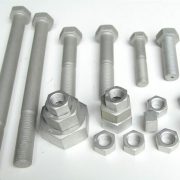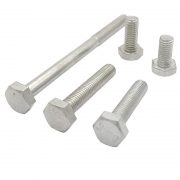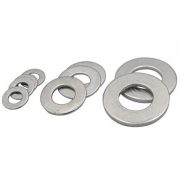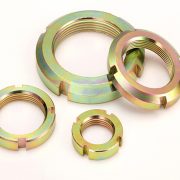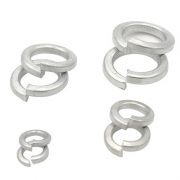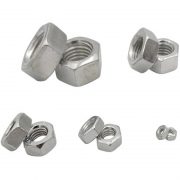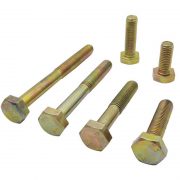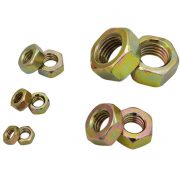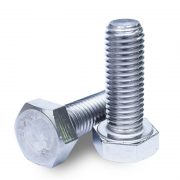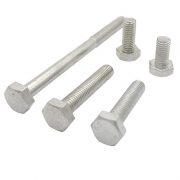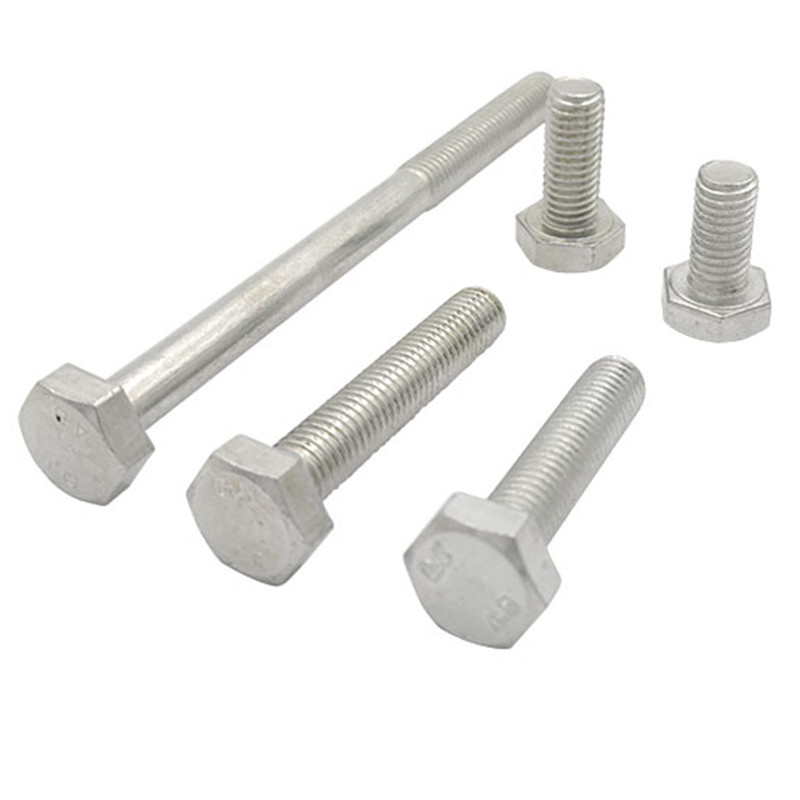What are the methods to clean Dacromet bolts?
Heat treatment technology is an important part of advanced manufacturing technology and also plays a very important role in the development of Dacromet bolts and high-end mechanical equipment. As we all know, there is no “chemical composition” will not be called a material, similarly, without “heat treatment” can not be called a material. Through heat treatment technology, the performance of Dacromet bolts can be greatly improved. But there is a problem that cannot be changed by heat treatment, and that is the rust of Dacromet bolts.
Sometimes it is found that the dacromet bolts fixed on the machine are rusty or dirty. In order not to affect the use of the machine, how to clean it has become a very important issue. This makes the performance of Dacromet bolts inseparable from the cleaning agent. Only regular cleaning and maintenance of Dacromet bolts can better play its role. Therefore, here are some commonly used cleaning agents to help you clean up daily.
1. Soluble emulsifying cleaner. This cleaning agent usually consists of emulsifiers, soil, solvents, builders, corrosion inhibitors and a small amount of water. The role of water in the upright cotton is to dissolve the emulsifier. This cleaning agent treatment can dissolve the dirt on the surface of the Dacromet bolts, and it will cause other substances to react during the cleaning process, leaving a layer of anti-rust film on the surface. Emulsifiers and detergents can hold the grease particles on the surface of Dacromet bolts and dissolve them in detergents containing solvents and oils.
2. Alkaline cleaner. Alkaline cleaners are actually a mixture of builders and alkaline earth metal salts of surfactants. It is a widely used cleaner. When maintaining Dacromet bolts, the pH of the cleaning agent is about 7.
The main purpose of using the above two cleaning agents is to ensure the cleaning effect, and secondly because these two cleaning agents are cheap and cost-effective.
Tianjin Decho International Trade Co.,Ltd is a professional supplier on bolts and nuts products . If you need any , pls contact us by email [email protected]

